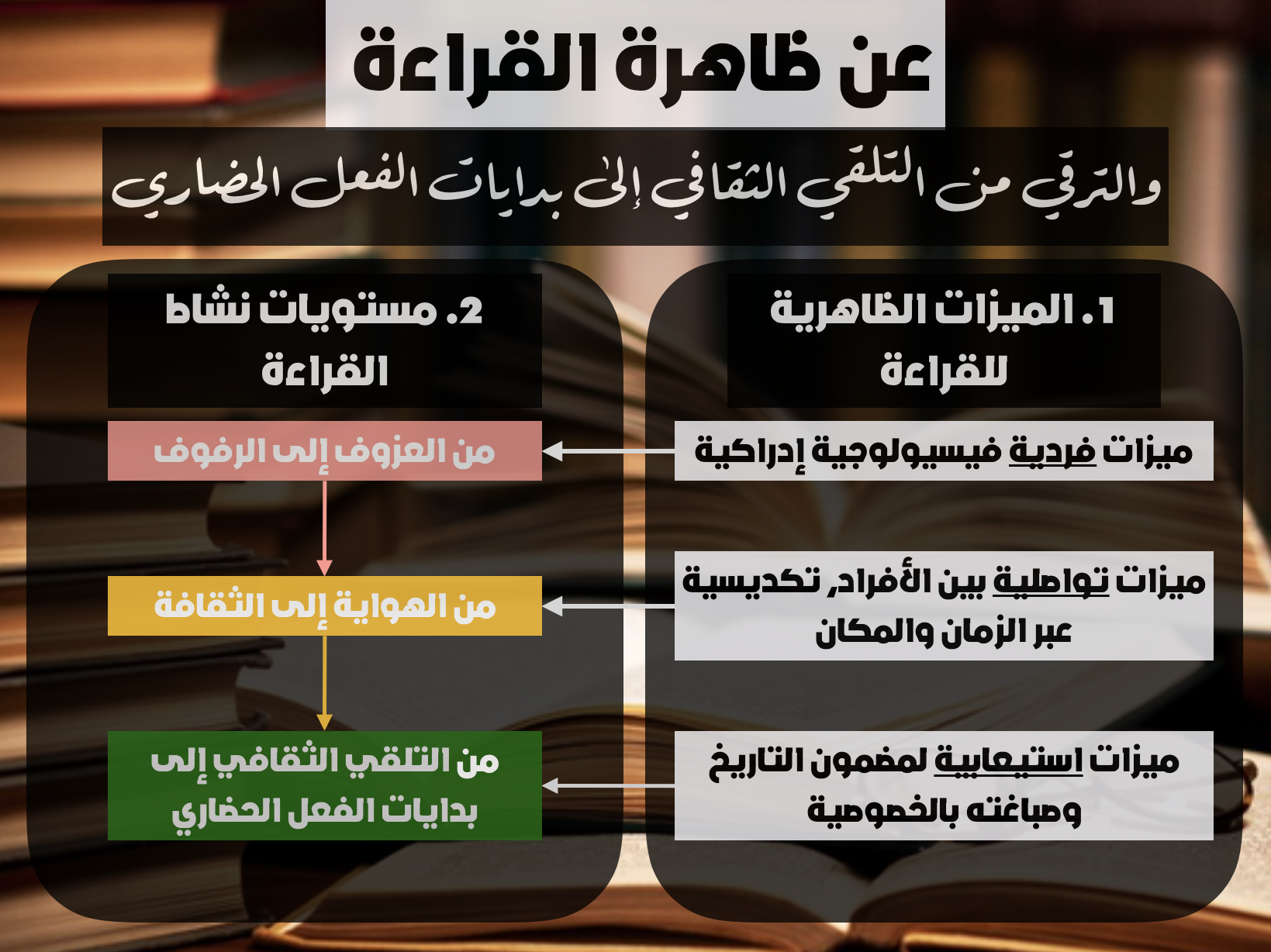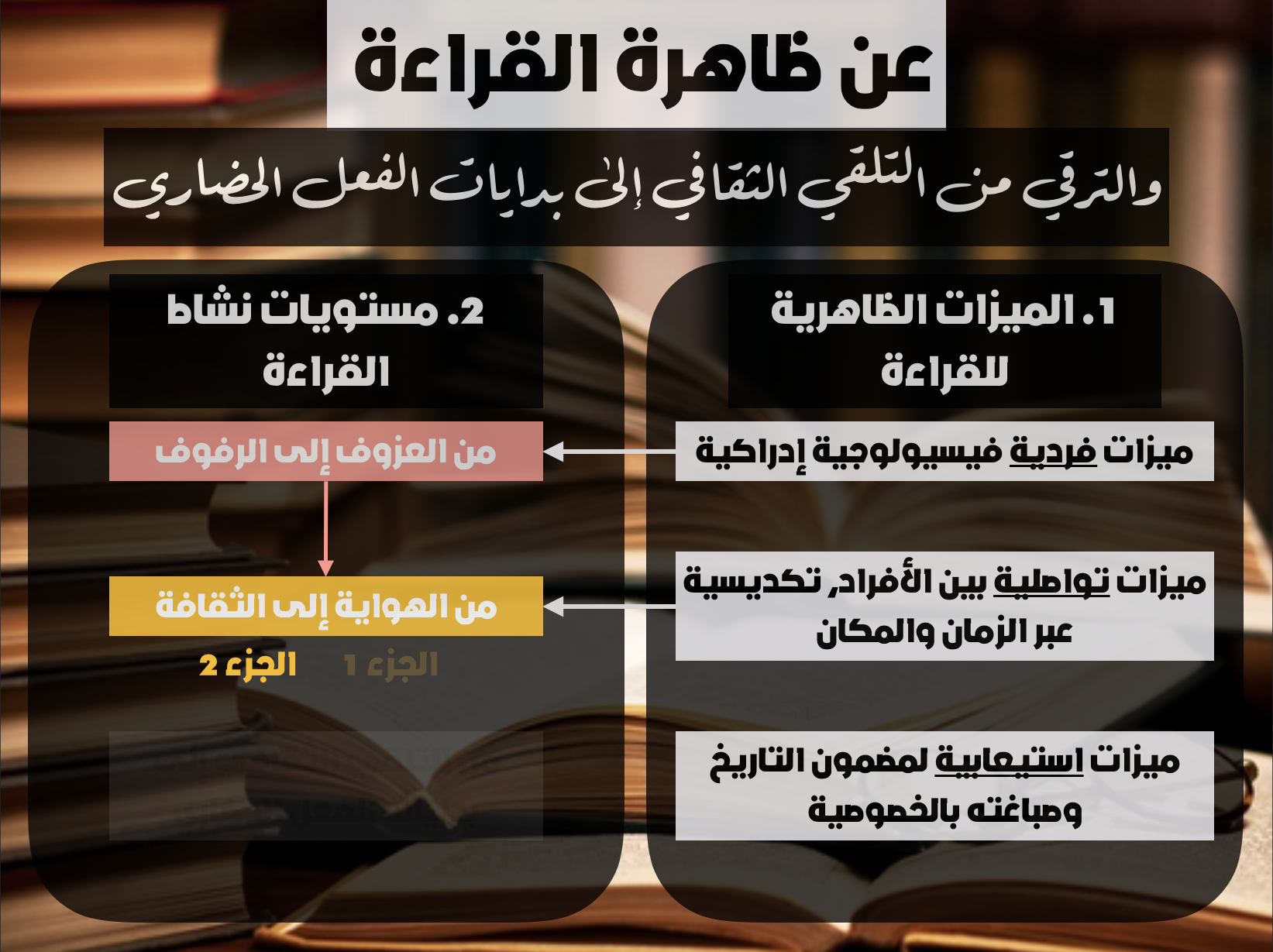Reading Arabic ‘hard for brain’?
In early September 2010, the BBC website published this article, which describes findings from a study that claim to have identified the reasons why Arabic is hard to learn, particularly for children. Dr. Nadwi(a PhD in Cognitive Science) then published a somewhat lengthy response in a follow up article asserting that Arabic is actually easy for the brain. He does a good job, I find, in arguing against the findings of the original piece of research, pointing out the flaws in its experimental setup, but also criticising the potential hidden agenda behind the timing of publishing a year old piece of research just as Muslims around the world prepare to celebrate the end of the holy month of Ramadhan.
In any case, it is of course difficult to assess the merit of a piece of research from a press release, but reading the BBC article I too found myself puzzled with regards to two main issues with the reported research and its claims: the first issue is related to the generalisation of its findings, and the second is related to the very definition of its ultimate conclusion (that arabic is “hard” for the brain).
Generalising the findings
I find that there are two main problems here; 1) generalising from one type of task to another; and 2) generalising from a given sample set to a given population.
1) Is trying to recognise flashing letters similar to reading constantly displayed letters?
Perceiving and recognising the tokens of a notation is surely part of learning a language – or any representation for that matter. There is, however, a problem with generalising the findings from individuals performing a recognition task, to others performing the – much more complex – task of learning to read a language. In particular, the stimuli used in the reported experiment seems to violate one of the fundamental characteristics of graphical representation; persistence in space. The context of the experimental recognition task (using flashing representation) is not representative of the context of learning to read a language (using persistent representation).
2) Is a sample set of 40 adults representative of the population of children?
The article justifies this generalisation by saying that, in the context of the reported experiment, adults behaved like children because A) “they tried to tell Arabic letters apart”, B) “managed to do it slowly but made a lot of mistakes”, and C) “used both hemispheres of their brains.”

It is hard to accept points A, B and C above as a criteria for mapping the findings from a sample of 40 adults to a population of children (particularly when we also consider the fact that the subjects in the sample and in the population are performing different tasks; that of recognising flashing characters versus learning to read a language through persistent representation). The problem here is that points A and B can be true for many other situations, and that point C ignores experience, which is an integral element of learning; When we learn a new task, we bring with us a lot of experience that is likely to influence our performance, both positively and negatively. For example, is there really no effect of a subject’s native language on their ability to learn another -new- language? I don’t have any immediate references here, but I think it does, and I think that this parameter would be different between adult subjects and children.
The definition of “hard for brain”
Another issue I have with the way this piece of research is reported is with the very definition of “hard for brain”. It seems to me that what is being referred to here is the difficulty in performing a task involving low level perception and recognition.
A hard representation is not necessarily a bad one, on the contrary, it might be superior to other presumably easier representations once the low level learning is established. For example representing numbers using the characters 3, 5, 10 etc could be considered hard for the brain because it is based on an arbitrary mapping between the characters and the numerical values they represent (note that most modern languages use arbitrary mapping between characters and their sounds). This is in contrast to other forms of numerical representation, such as tally marks e.g 3 = ||| 5 = ||||| 10= ||||||||||, where the mapping between the representation and the represented values is more explicit (and a parallel to this could be said to exist in phonetic languages, or ancient languages that use characters with direct correspondence to their meaning).
Think about encountering the characters 3, 5 and 10 for the first time in your life and trying to perform a comparison task to tell which value is larger than the other. Using the character 3, 5 and 10 would require a lot more reflection than using the characters |||, ||||| and |||||||||| where the magnitude of value is embedded in the representation and could therefore be directly perceived. So one could argue that the representation 3, 5 10 is harder for the brain when performing certain tasks. But once the mapping between these “hard” characters and the values they represent is learnt and low level learning is established, the representation deemed harder for the brain becomes much more superior to the one deemed “easier” for the brain – for example the former allowing much more sophisticated arithmetics to be conducted which, would be much harder to perform with tally marks or Roman numbers.



